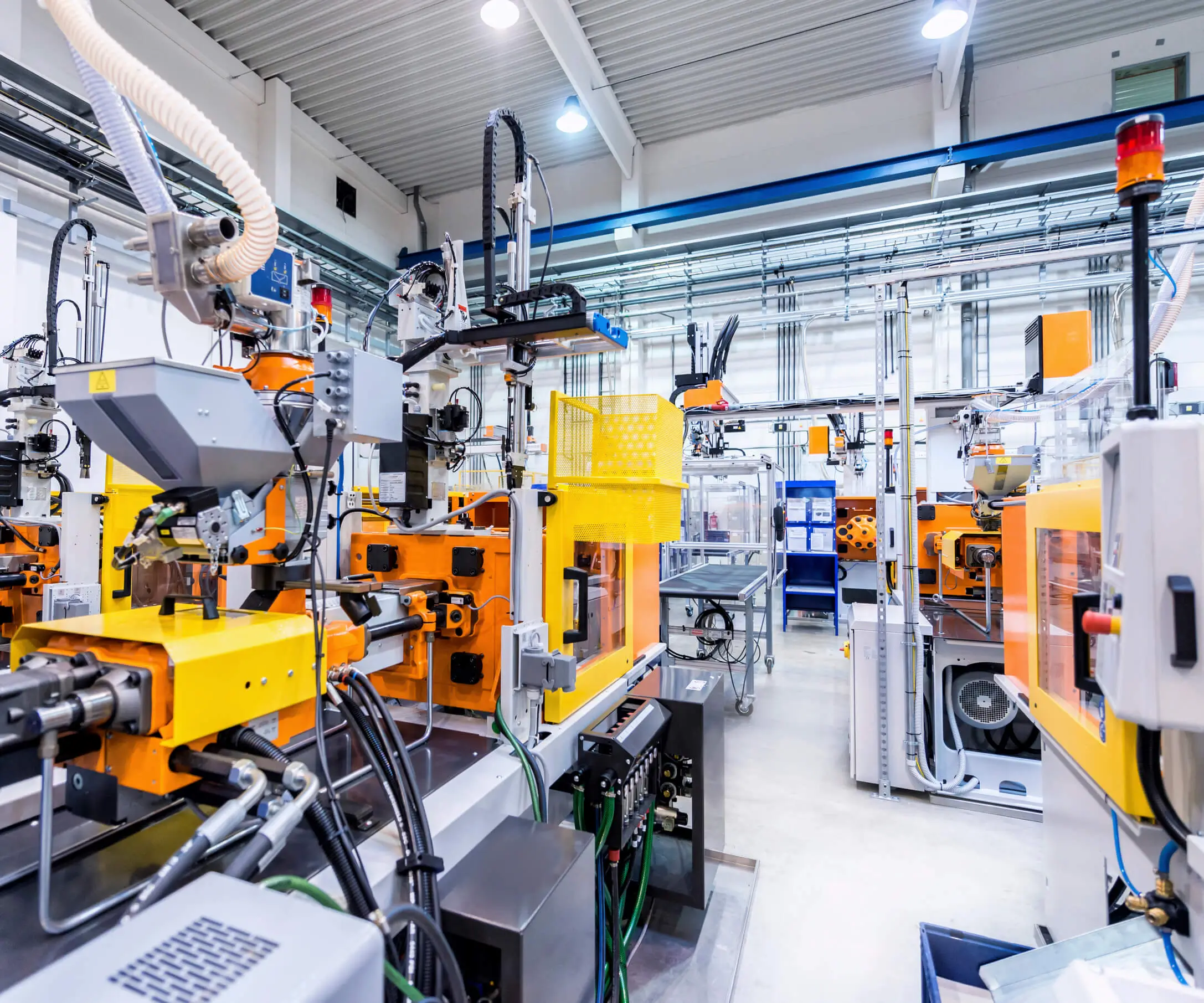Imagine you’re trying to build a robot arm that moves with precision, or a conveyor system that needs to run smoothly without hiccups. That’s where servomotors come into play—these tiny powerhouses are the heart of many automation systems, delivering accuracy and control in a way that’s hard to beat. But what makes one servomotor better than another? The specs, of course.

Let’s dive into what notions matter most: torque, speed, resolution, and power supply compatibility. Torque, for instance, isn’t just about raw strength; it determines how much load the motor can handle without stalling. Think of it like the difference between a sprinter and a marathon runner. If you need fast, quick movements, a high-speed servomotor sacrifices some torque. For heavy lifting or forceful operations, a high-torque motor is your pal. Sometimes, you’ll find models boasting a torque-to-speed ratio that’s perfectly balanced for robotics arms that need to grab, move, and place items at lightning speed but with heavy payloads.
Speed is another big deal. You can’t just pick the fastest motor out there and call it a day. It’s about what’s appropriate for your application. A conveyor that advances boxes smoothly at 3000 RPM, or a servo that handles delicate tasks at 500 RPM—context matters. The motor’s power supply compatibility can be a tricky puzzle—the voltage and current ratings have to match your system. Too high, and splat, you blow a fuse; too low, and the motor underperforms. KPOWER offers a range of models, each designed with flexible voltage options that cater to different setups.
But here’s a fun thought—what about the resolution? It’s not just a fancy term; it’s what lets your motor make tiny, precise adjustments. Ever seen a robotic arm position an item so perfectly that it looks like magic? That’s the magic of high resolution. It’s measured in counts per revolution, and a higher count means finer control over movements, almost like zooming in with a camera lens.
Reliability and durability come into play, too. A servomotor sitting idle for months shouldn’t suddenly give up when you turn it back on. That’s why quality specs on insulation, bearing design, and thermal limits aren’t just numbers—they’re assurances that your system won’t grind to a halt unexpectedly. KPOWER doesn’t cut corners here, always making sure those specs align with rigorous industry standards.
Why should this matter? Because your project depends on you choosing the right motor. It’s not a one-size-fits-all deal. Precision manufacturing, assembly lines, drones, even automated lab instruments—all demand a tailored approach with the right servomotor specifications.
So, what’s the real takeaway? Don’t settle for the first model that looks close. Know what you need—power, speed, resolution—and pick a product that aligns perfectly. The right servomotor can turn a clunky robot into a smooth, efficient worker and cut down on downtime. Because in the end, it’s all about giving machines the muscle and finesse they need to excel.
Established in 2005, Kpower has been dedicated to a professional compact motion unit manufacturer, headquartered in Dongguan, Guangdong Province, China. Leveraging innovations in modular drive technology, Kpower integrates high-performance motors, precision reducers, and multi-protocol control systems to provide efficient and customized smart drive system solutions. Kpower has delivered professional drive system solutions to over 500 enterprise clients globally with products covering various fields such as Smart Home Systems, Automatic Electronics, Robotics, Precision Agriculture, Drones, and Industrial Automation.




































